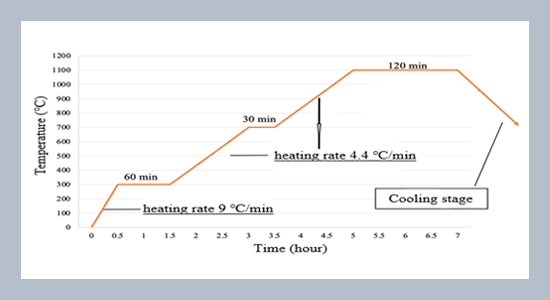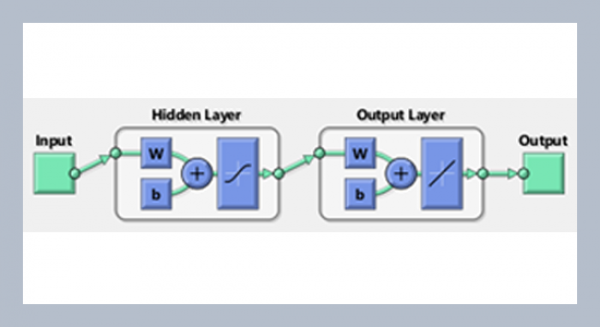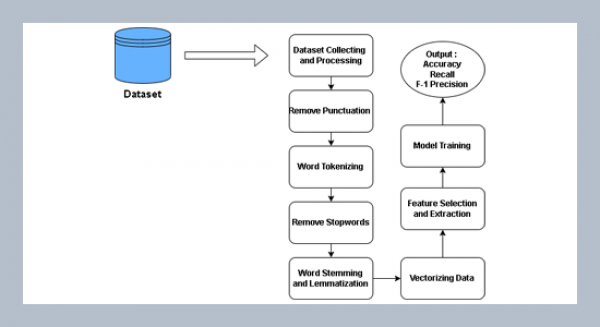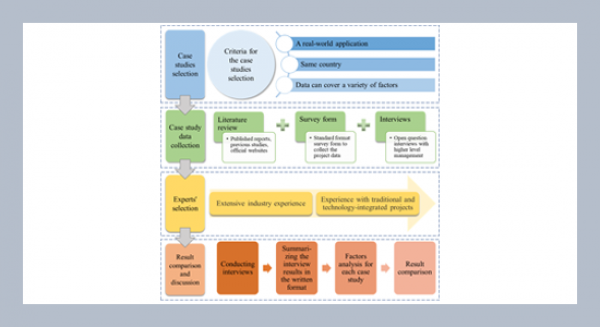REFERENCES
- Almeida, M.I., Dias, A.C., Demertzi, M., Arroja, L. 2015. Contribution to the development of product category rules for ceramic bricks. Journal of Cleaner Production, 92(1), 206–215.
- Almeida, M.I., Dias, A.C., Demertzi, M., Arroja, L. 2016. Environmental profile of ceramic tiles and their potential for improvement. Journal of Cleaner Production, 131(10), 583–593.
- Asensio, E., Medina, C., Fras, M., Rojas M. 2020. Fired clay-based construction and demolition waste as pozzolanic addition in cements. Journal of Cleaner Production, 265, 121610.
- Babisk, M.P., Amaral, L.F., Ribeiro, L., Vieira, C., Prado, U., Gadioli, M., Oliveira, M., Luz, F., Monteiro, S., Filho, F. 2020. Evaluation and application of sintered red mud and its incorporated clay ceramics as materials for building construction. Journal of Materials Research and Technology, 9(2), 2186–2195.
- Bovea, M.D., Saura, Ú., Ferrero, J.L., Giner, J. 2007. Cradle-to-gate study of red clay for use in the ceramic industry. The International Journal of Life Cycle Assessment, 12, 439–447.
- Caglayan, H., Caliskan, H. 2018. Energy, exergy and sustainability assessments of a cogeneration system for ceramic industry. Applied Thermal Engineering, 136, 504–515.
- Dagnew, E., Hunachew, D. 2022. Alternative resource of incineration bottom ash for ceramic tile production. International Journal of Ceramic Engineering & Science, 4(4), 281–285.
- Eduardo, B., Pérez, V.L., Eliche, Q.D., Castro, E. 2018. Manufacture of sustainable clay bricks using waste from secondary aluminum recycling as raw material. Materials, 11, 2439.
- Faria, J.S., Manhães, R., Luz, F.S., Monteiro, S.N., Vieira, C.M. 2019. Incorporation of unserviceable tire waste in red ceramic. Journal of Materials Research and Technology, 8(6), 6041–6050.
- Gabaldón, E.D., Criado, E., Monfort, E. 2014. The green factor in European manufacturing: A case study of the Spanish ceramic tile industry, Journal of Cleaner Production, 70(1), 242–250.
- Glymond, D., Roberts, A., Russell, M., Cheeseman, C. 2018. Production of ceramics from coal furnace bottom ash. Ceramics International, 44, 3009–3014.
- Húlan, T., Štubna, I., Ondruška, J. and Trní, A. 2020. The influence of fly ash on mechanical properties of clay-based ceramics. Minerals, 10, 930.
- Kummoonin, N., Jaimasith, M., Thiemsorn, W. 2014. Fabrication of ceramic floor tiles from industrial wastes. Warasan Technol Suranaree, 21(2), 65–77.
- Mangi, S.A., Raza, M.S., Khahro, S.H. 2022. Recycling of ceramic tiles waste and marble waste in sustainable production of concrete: A review. Environmental Science and Pollution Research, 29, 18311–18332.
- Menezes, R., Ferreira, H., Neves, G., Lira, H., Ferreira, H. 2005. Use of granite sawing wastes in the production of ceramic bricks and tiles. Journal of the European Ceramic Society, 25(7), 1149–1158.
- Namkane, K., Naksata, W., Thiansem, S., Sooksamiti, P., Arqueropanyo, O. 2017. Utilization of leonardite and coal bottom ash for production of ceramic floor tiles. Environmental Earth Sciences, 76(17), 628.
- Ngayakamo, B., Bello, A., Onwualu, A. 2020. Development of eco-friendly fired clay bricks incorporated with granite and eggshell wastes. Environmental Challenges, 1, 100006.
- Nicoletti, G.M., Notarnicola, B., Tassielli, G. 2002. Comparative life cycle assessment of flooring materials: Ceramic versus marble tiles. Journal of Cleaner Production, 10, 283–296.
- Pontikes, Y., Rathossi, C., Nikoloulos, P., Angelopoulos, G., Jayaseelan, D., Lee, W. 2009. Effect of firing temperature and atmosphere on sintering of ceramics made from Bayer process bauxite residue. Ceramic International, 35, 401–407.
- Schabbach, L., Bolelli, G., Andreola, F., Lancellotti, I., Barbieri, L. 2012. Valorization of MSWI bottom ash through ceramic glazing process: A new technology. Journal of Cleaner Production, 23(1), 147–157.
- Sokolar, R.; Smetanova, L. 2010. Dry pressed ceramic tiles based on fly ash-clay body: Influence of fly ash granulometry and pentasodium triphosphate addition. Ceramic International, 36, 215–221.
- Souza, A.J., Pinheiro, B., Holanda, J. 2010. Recycling of gneiss rock waste in the manufacture of vitrified floor tiles. Journal of Environmental Management. 91(3), 685–689.
- Souza, D., Lafontaine, M., Charron, D.F., Bengoa, X., Chappert, B., Duarte, F. 2015. Comparative life cycle assessment of ceramic versus concrete roof tiles in the Brazilian context. Journal of Cleaner Production, 89, 165–173.
- Souza, D., Lafontaine, M., Charron, D.F., Bengoa, X., Chappert, B., Duarte, F. 2016. Comparative life cycle assessment of ceramic brick, concrete brick and cast-in-place reinforced concrete exterior walls, Journal of Cleaner Production, 137, 70–82.
- Taurino, R., Karamanov, A., Rosa, R., Karamanova, E., Barbieri, L, Atanasova, V.S. 2017. New ceramic materials from MSWI bottom ash obtained by an innovative microwave-assisted sintering process. Journal of the European Ceramic Society, 37(1), 323–331.
- Türkmen, B.A., Özbilen, Ş., Budak, T.D. 2021. Improving the sustainability of ceramic tile production in Turkey. Sustainable Production and Consumption, 27, 2193–2207.
- Vieira, A.W., Rosso, L.S., Demarch, A., Pasini, D., Ruzza, S., Arcaro, S., Ribeiro, M., Angioletto, E. 2023. Life cycle assessment in the ceramic tile industry: A review. Journal of Materials Research and Technology, 23, 3904–3915.
- Vilarinho, I.S., Filippi, E., Seabra, M.P. 2022. Development of eco-ceramic wall tiles with bio-CaCO3 from eggshells waste. Open Ceramics, 9, 1–9.
- Ye, L., Hong, J., Ma, X., Qi, C., Yang, D. 2018. Life cycle environmental and economic assessment of ceramic tile production: a case study in China. Journal of Cleaner Production, 189, 432–441.
- Yuan, Q., Robert, D., Mohajerani, A., Tran, P., Pramanik, B. 2023. Sustainable ceramic tiles incorporated with waste fly ash from recycled paper production, Journal of Cleaner Production, 425, 138814.
- Zhang, X., Biswas, W.K. 2021. Development of eco-efficient bricks – a life cycle assessment approach. Journal of Building Engineering, 42, 102429.
- Zimmer, A., Bergmann, C.P. 2007. Fly ash of mineral coal as ceramic tiles raw material. Journal of Waste Management, 27(1), 59–68















